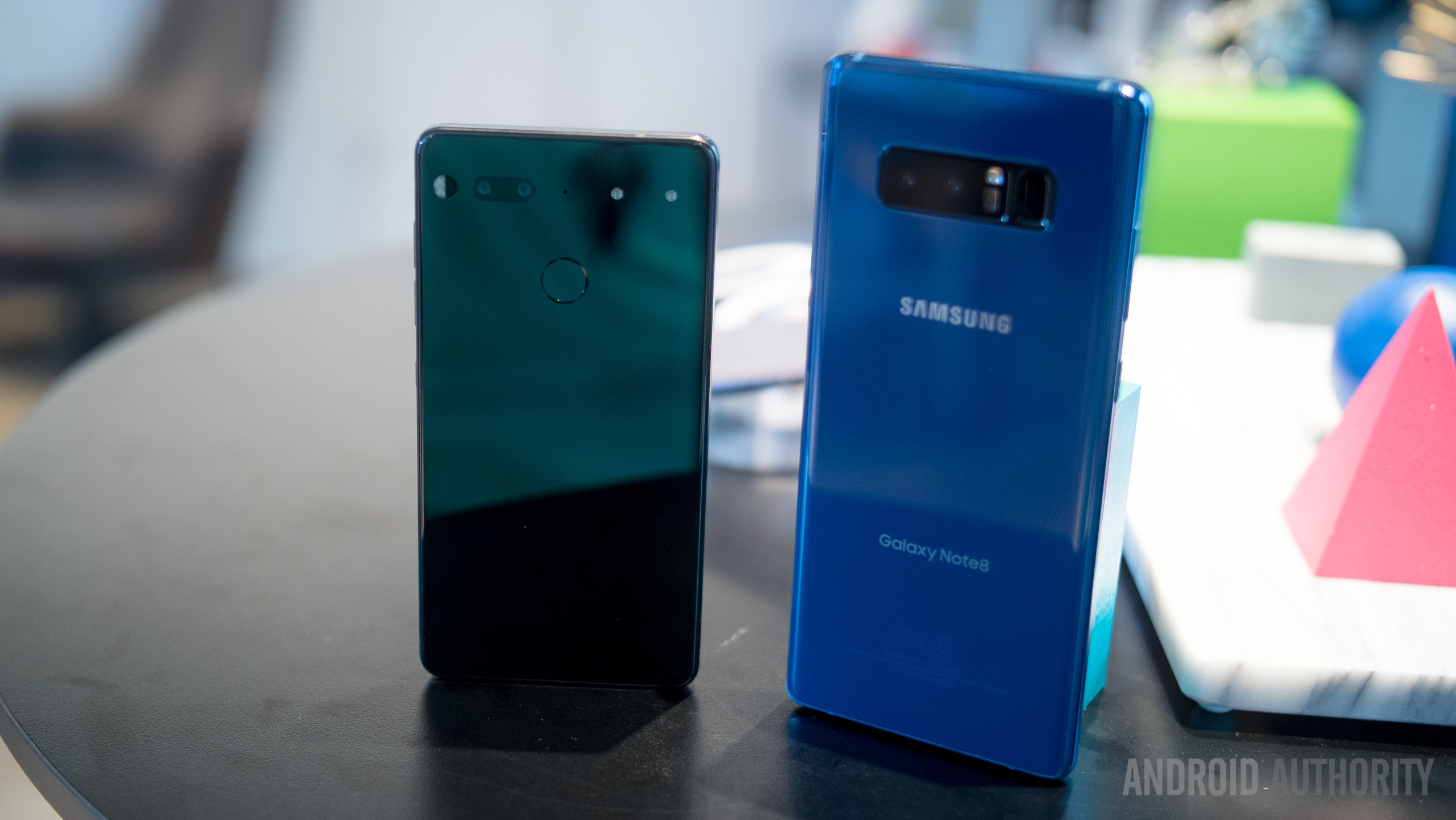 ARM announced iSIM, which stands for integrated SIM.
iSIM is built into the same chip as the processor and takes up significantly less space than a standard nano SIM card.
This compares to eSIM, which uses a separate chip and is found in some devices.
As is the case with destinations like New York City and Tokyo, space has quickly become a luxury in smartphones. That is what manufacturers tell you is part of the reason for removing the headphone jack, and it will eventually become the reason for removing the SIM card slot. As for what will replace the longstanding SIM card, ARM believes it has the answer with its iSIM technology.
Compliant with the GSMA Embedded SIM Specifications, iSIM is primarily designed for Internet of Things (IoT) devices. According to ARM, iSIM is built into the same chip as the processor and takes up less than a square millimeter.
When you consider that nano SIM cards are around 12.3 x 8.8 mm in size, as well as the hardware necessary to house them, we are talking small here. This means that manufacturers have more space to work with while paying less for the privilege. ARM said that iSIM costs single-digit cents, while standard SIM cards cost tens of cents.
The real question is whether iSIM will be widely adopted. Even though eSIM still uses a larger and separate chip, phone makers have slowly adopted the technology. Most recently, devices like the ZTE Quartz, Apple Watch Series 3, and Google’s pair of Pixel 2 smartphones feature eSIM, with additional devices presumably in the pipeline.
Editor's Pick
ARM announced iSIM, which stands for integrated SIM.
iSIM is built into the same chip as the processor and takes up significantly less space than a standard nano SIM card.
This compares to eSIM, which uses a separate chip and is found in some devices.
As is the case with destinations like New York City and Tokyo, space has quickly become a luxury in smartphones. That is what manufacturers tell you is part of the reason for removing the headphone jack, and it will eventually become the reason for removing the SIM card slot. As for what will replace the longstanding SIM card, ARM believes it has the answer with its iSIM technology.
Compliant with the GSMA Embedded SIM Specifications, iSIM is primarily designed for Internet of Things (IoT) devices. According to ARM, iSIM is built into the same chip as the processor and takes up less than a square millimeter.
When you consider that nano SIM cards are around 12.3 x 8.8 mm in size, as well as the hardware necessary to house them, we are talking small here. This means that manufacturers have more space to work with while paying less for the privilege. ARM said that iSIM costs single-digit cents, while standard SIM cards cost tens of cents.
The real question is whether iSIM will be widely adopted. Even though eSIM still uses a larger and separate chip, phone makers have slowly adopted the technology. Most recently, devices like the ZTE Quartz, Apple Watch Series 3, and Google’s pair of Pixel 2 smartphones feature eSIM, with additional devices presumably in the pipeline.
Editor's Pick Looking ahead: what we’d like to see in the smartphone world in 20182016 was a great year to be a smartphone fan. 2017 was even better.
Smartphone displays are now narrower and taller than before, and the cameras in our pockets now rival some DSLRs. We also saw …
ARM is nonetheless confident carriers will eventually adopt iSIMs. In addition to iSIM meeting the aforementioned standards, ARM believes carriers will want more IoT devices connected to their networks.
To further its goal, ARM sent iSIM designs to partners and believes we will see iSIM in chips by year’s end. Whether iSIM will makes it way to smartphones is a separate question, but this is worth keeping an eye on during the next year or two.
Looking ahead: what we’d like to see in the smartphone world in 20182016 was a great year to be a smartphone fan. 2017 was even better.
Smartphone displays are now narrower and taller than before, and the cameras in our pockets now rival some DSLRs. We also saw …
ARM is nonetheless confident carriers will eventually adopt iSIMs. In addition to iSIM meeting the aforementioned standards, ARM believes carriers will want more IoT devices connected to their networks.
To further its goal, ARM sent iSIM designs to partners and believes we will see iSIM in chips by year’s end. Whether iSIM will makes it way to smartphones is a separate question, but this is worth keeping an eye on during the next year or two.
source: https://www.androidauthority.com/arm-isim-integrated-sim-processors-839742/
date: Thu, 22 Feb 2018 18:29:31 +0000
Comments
Post a Comment